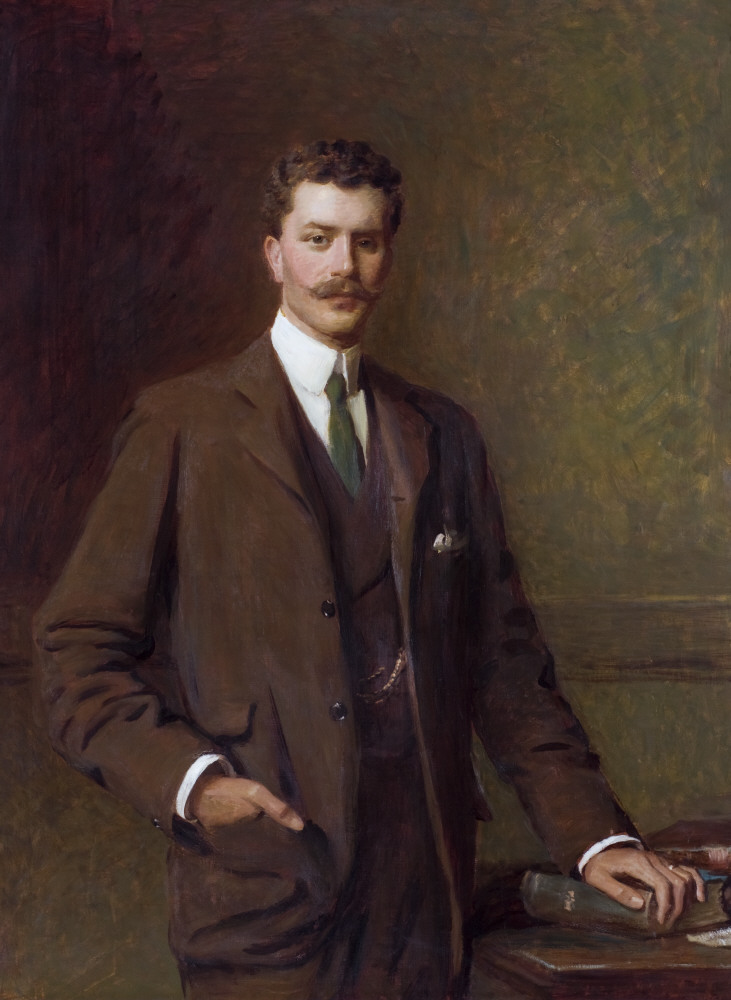Playing ‘Give us a clue’ with Dinefwr’s portraits by Gemma Dymond

The Staircase in the Inner Hall at Newton House, Dinefwr, Carmartheshire, Wales. The staircase is in oak and is in a style typical of the Baroque (1625-1714) period, with plasterwork to the underside of the flights probably c.1660. © National Trust Images/John Hammond
Gemma Dymond, Learning & Visitor Experience Officer, Dinefwr Park and Castle (National Trust) Llandeilo, South Wales received a Bursary from Understanding British Portraits in October 2012. All the current Bursary recipients will be posting blogs on their chosen projects in the coming weeks.
Isn’t it amazing what we don’t know about the things we are so familiar with?
I have walked by our collection of portraits at Dinefwr every day for the last six years (I’m calculating that as one thousand, four hundred and ten sideways glances…) and it appears I should have been looking a little closer. And for longer. I’ve even given portrait talks to children and art students based on the bare facts; I just haven’t been sharing their stories.
We’re currently working on our overall visitor experience, with a special focus on the stories of those that influenced the Dinefwr we see today. This is quite the challenge; getting to know our portraits a little better seemed a good place to start! In a house that has very little left in the way of original collections, we’re relying on our painted friends to share the gossip on times long gone.

Walter FitzUryan Rhys, 7th Baron Dynevor of Dynevor (1873-1956) by William Edwards Miller (fl.1873 – after 1929), in the Dining Room at Newton House, Dinefwr, Carmarthenshire. © National Trust Images/John Hammond
One particular portrait stands out more than the others…because it’s not here. It’s in the Frick Collection in New York Having met with the curator that supports our property, it appears that Lady Cecil Rice was the driving force in the Picturesque Landscape movement being applied at Dinefwr; this woman knew what she wanted and went for it. With advice from Lancelot ‘Capability’ Brown, she worked with her husband to oversee one of the most dramatic landscape alterations of the time. She took “Girl Power” and squared it. This is going to make for very exiting education packs for our schools!
Next thing is to see what the Frick Collection can tell us…


